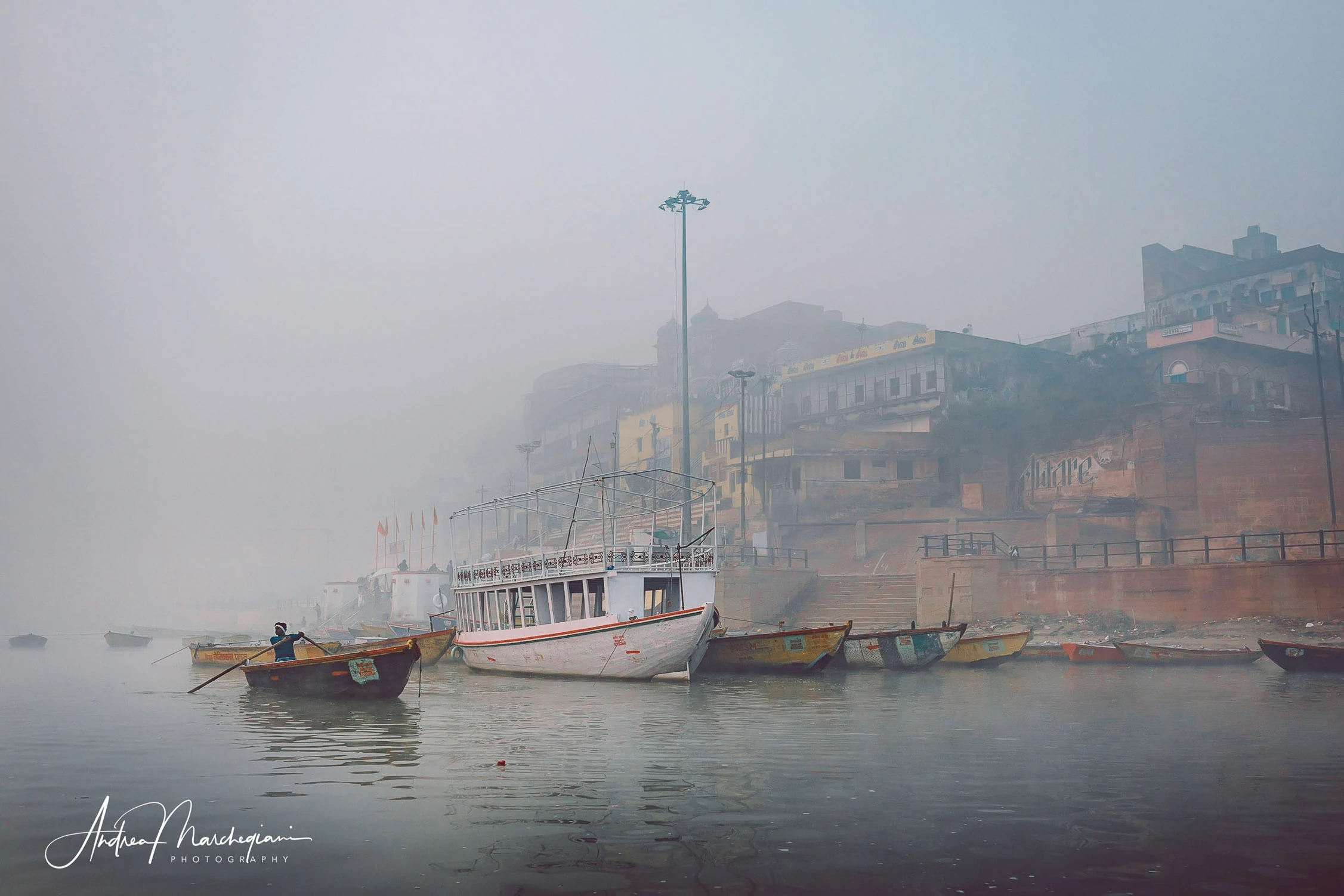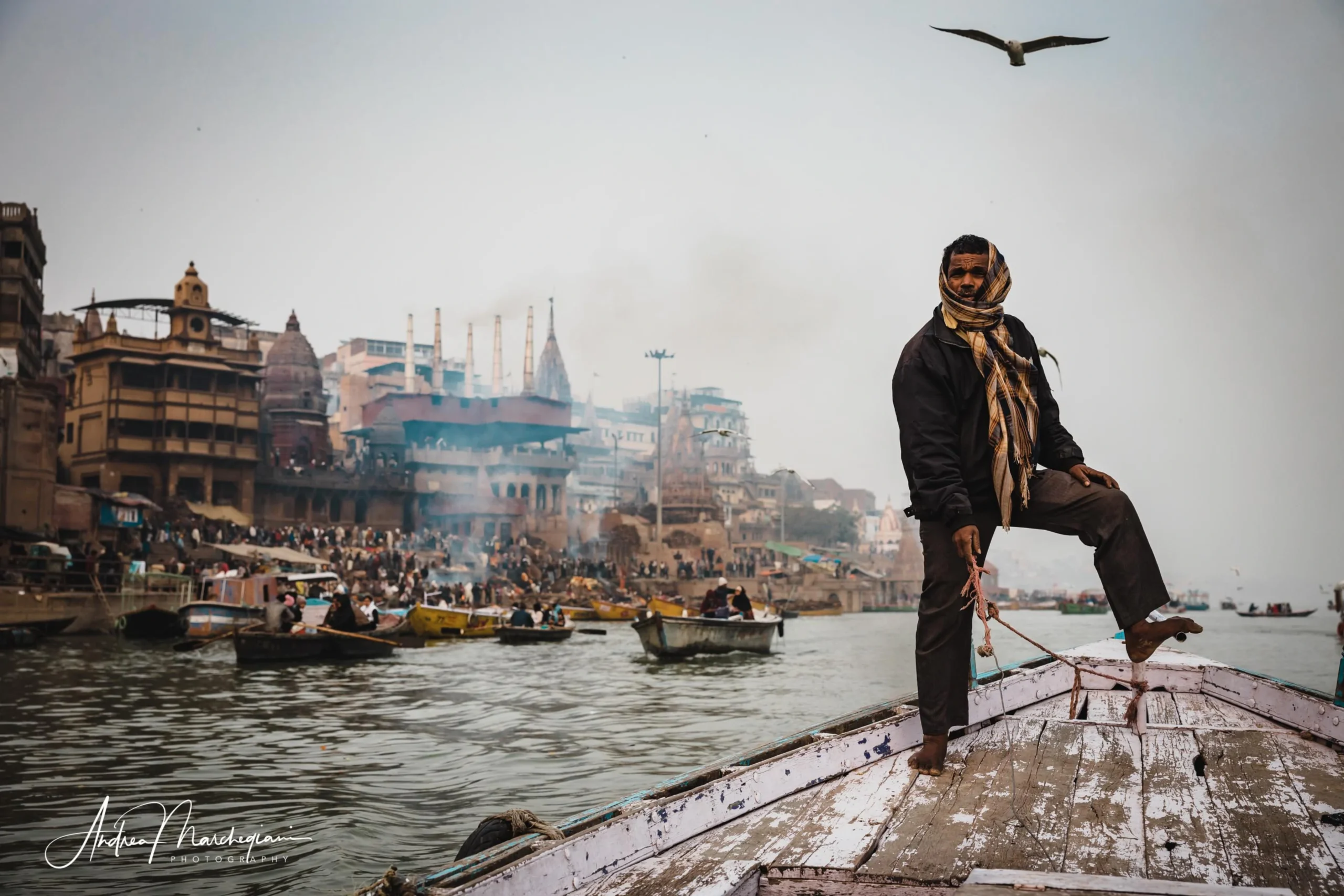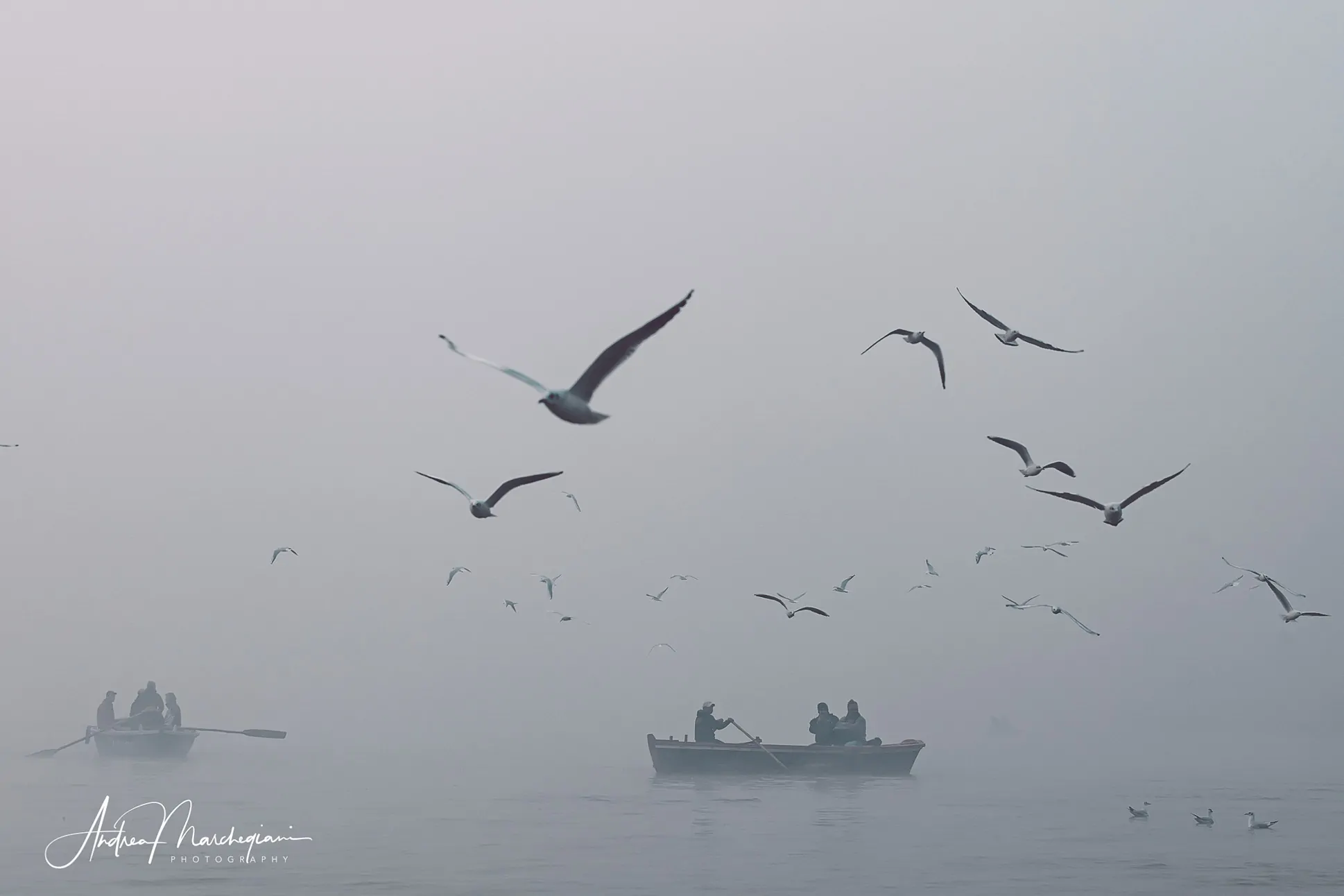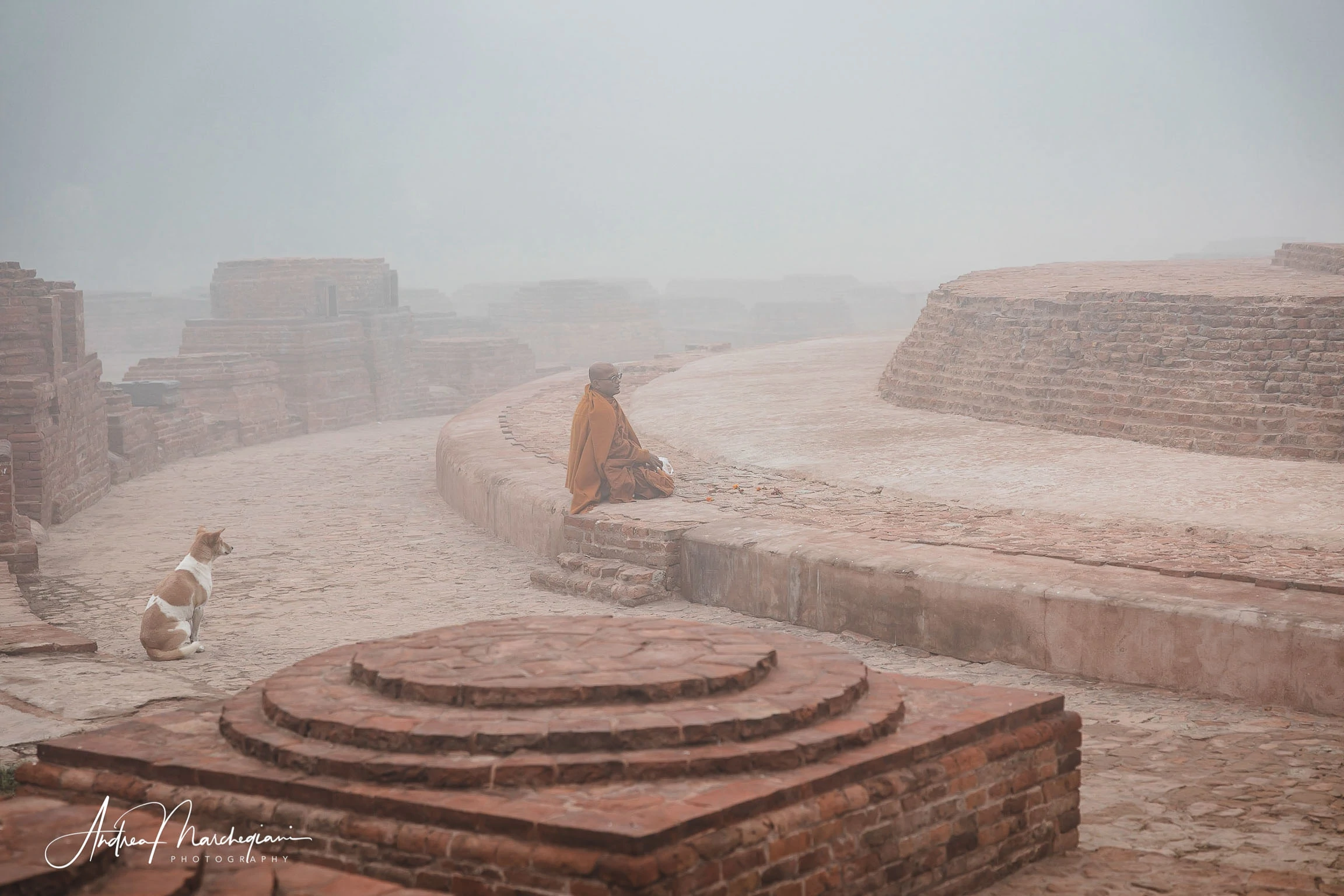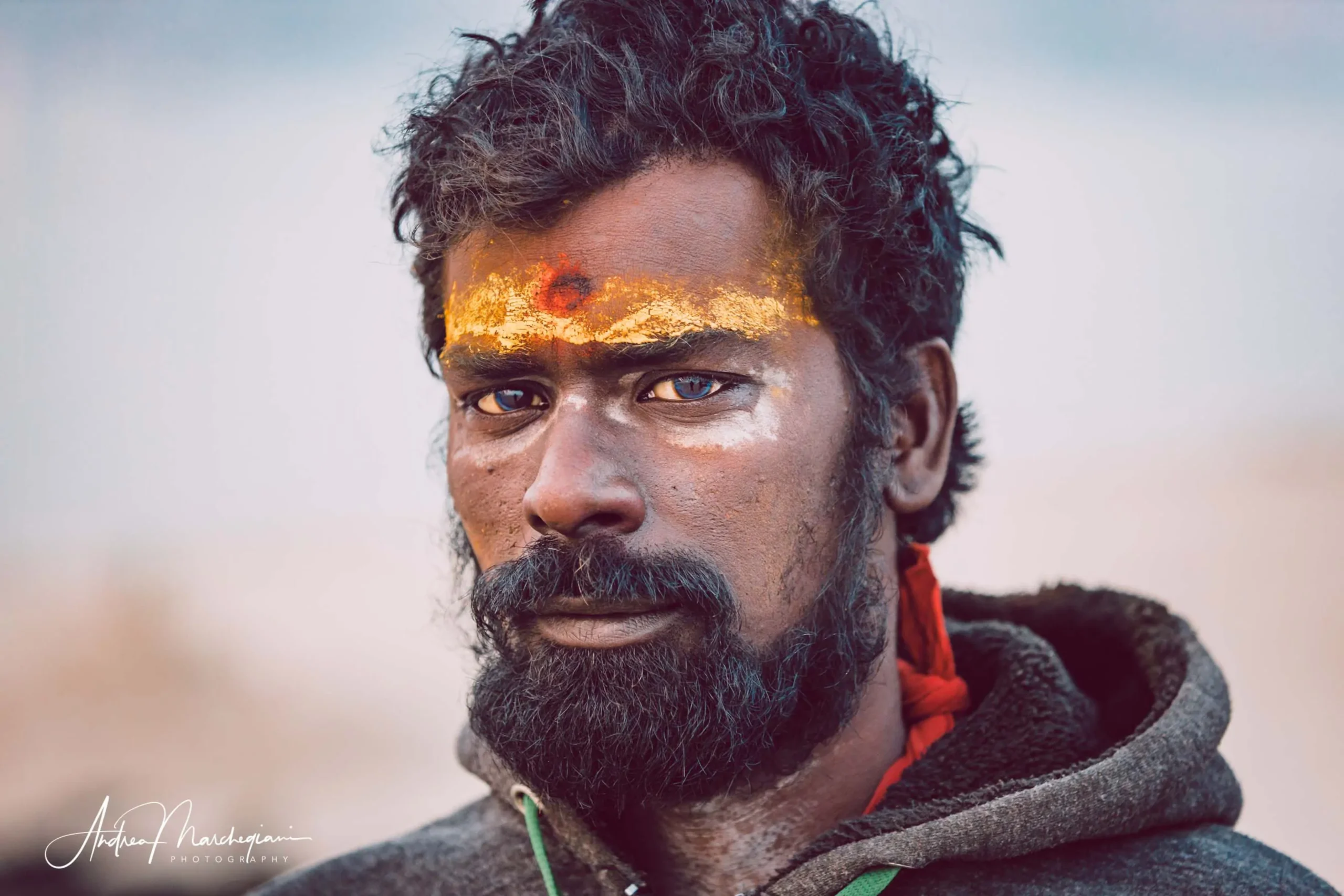
- Home
- Photo Galleries
- Portrait Photography
- Landscape Photography
- Street Photography
- China
- Ethiopia
- India
- Holy Ganges
- Varanasi
- Varanasi Ganga Aarti
- Varanasi, Manikarnika Ghat
- Varanasi Streets & Alleys
- Varanasi Demolition
- Varanasi Fruit Market
- Sarnath
- Brick Kilns
- Tamil Nadu, Chennai & Mamallapuram
- Tamil Nadu, Fort Tirumayam & Madurai
- Tamil Nadu, Tiruvannamalai & Thanjavur
- Kerala, Munnar
- Kerala, Peryiar
- Kerala, Backwaters
- Kerala, Kochi
- Kazakhstan
- Myanmar
- Senegal
- Uzbekistan
- Travel Blog
- China
- Ethiopia
- India
- Tamil Nadu & Kerala
- Varanasi
- Whato to do in Varanasi
- Varanasi Life along the Ghats
- Varanasi Death along the Ghats
- Varanasi Ganga Aarti Ceremony
- Varanasi demolished to honor Shiva
- Varanasi Fruit Market
- “Varanasi, A Journey into the Infinite”
- Sarnath
- All about River Ganges
- Holy Shit. All about Indian Cow Dung
- Clean India Project
- Brick factories
- Tilaka, pundra, bindi: what is the mark on Indian foreheads?
- Kazakhstan
- Mongolia
- Ulaanbaatar, the coldest capital in the world
- What to do in Ulaanbaatar
- Chinggis Khan Museum, 6 floors of Mongolian history
- Gorkhi-Terelj National Park and Bodgkhan Natural Reserve
- Altai Mountains, Things to do in Olgii and Sagsai
- Living with the Eagle Hunters
- Sagsai Eagle Festival
- Navrus Festival
- Xöömej, Mongolian throat singing
- Mongolian Food
- Myanmar
- Senegal
- Uzbekistan
- Latest Posts
- Photography Blog
- About
- Prints
You can’t visit Kerala without seeing a Kalaripayattu fight, the oldest martial art in India. Dating back about 3,500 years, the Kalaripayattu is the mother of all other Indian warfare styles. His practice, together with yoga and Ayurveda, is one of the pillars of the Indian tradition and aims to lead man to the perfect balance between mind, body and spirit.
Share with your friends:
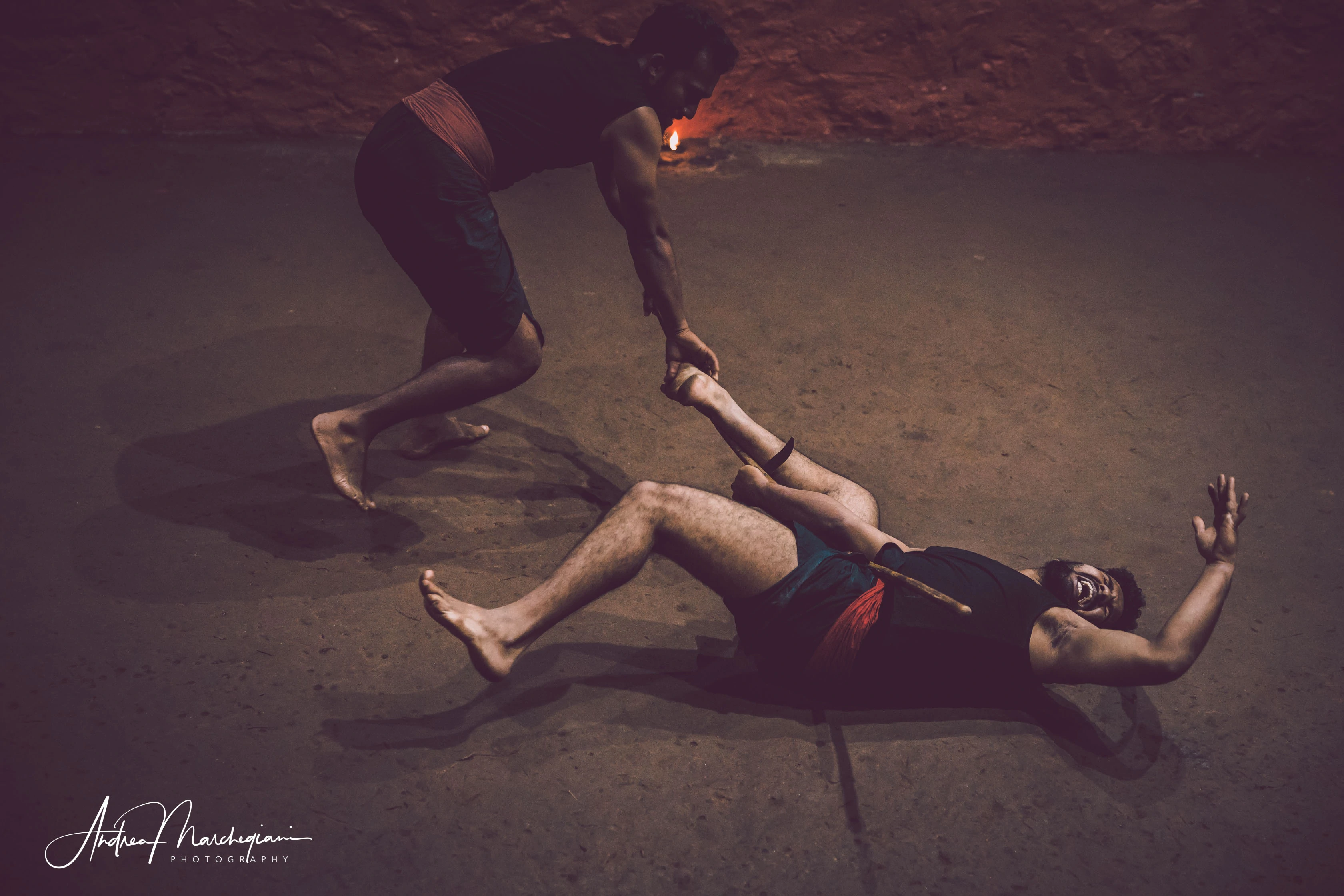
Welcome to Thekkady
Thekkady is one of those names you struggle to memorize, even after you’ve been there. Yet this small town on the Ghati plateau gives me one of the most intense and stimulating days of my trip to Kerala and Tamil Nadu.
In Thekkady you come to explore, armed with binoculars, the heart of the Periyar National Park, the most famous wildlife reserve of southern India. But it is also a fantastic place to watch a Katakhali dance show, attend a typical cooking class and discover the adrenaline-pumping martial art of Kalaripayattu. In addition, the food in the restaurants is really great and the weather stays cool throughout the summer. So don’t miss it!
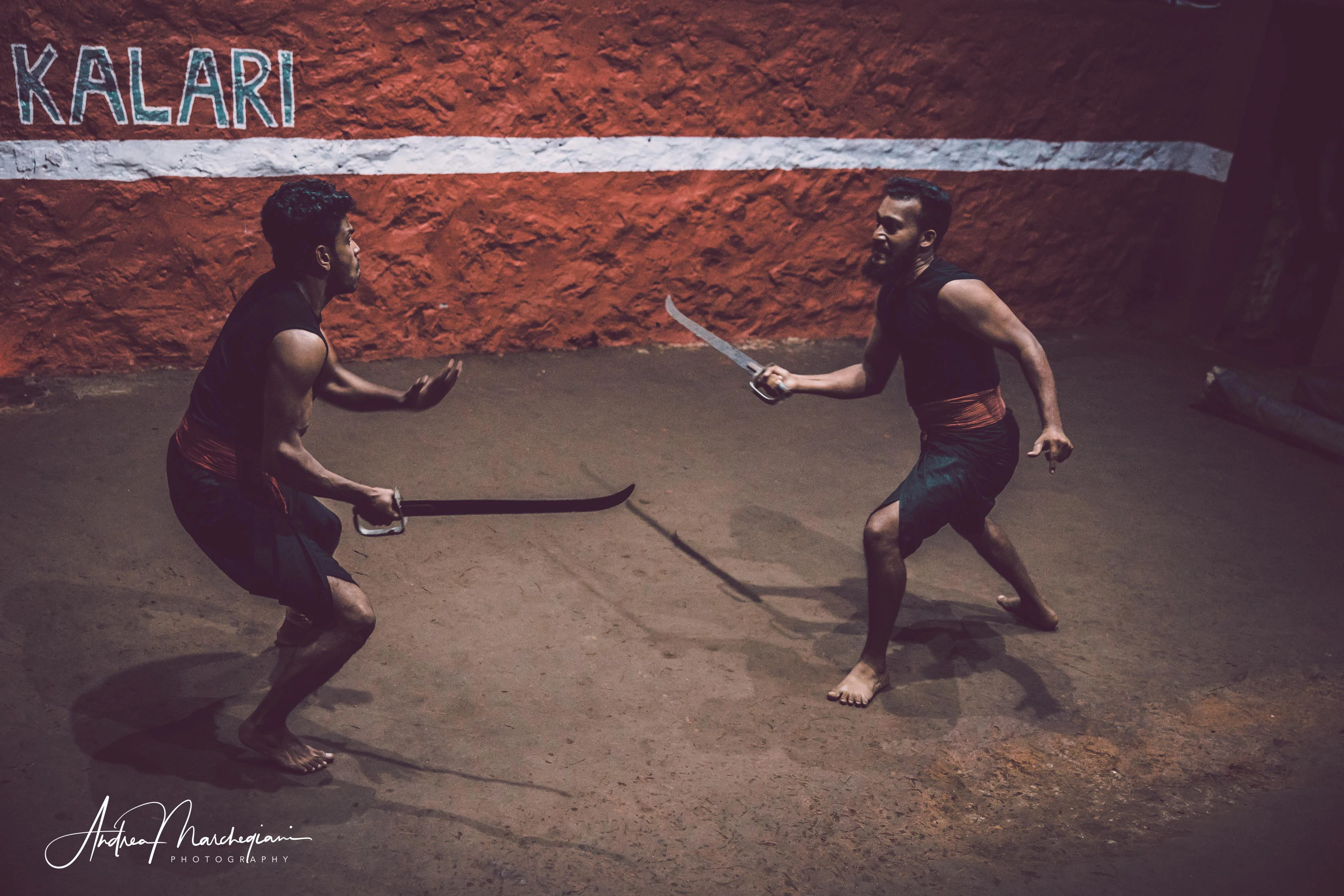
Kalaripayattu, Kerala's oldest martial art
Kalaripayattu is the oldest martial art practiced in India. It is native to Kerala, where it was born about 3,500 years ago, but spread throughout India. Etymologically it is a compound word: kalari means “battlefield” and payattu “fight”. “Kalari” is also the name of the arena where the training, fighting and demonstration shows take place. The Kalaripayattu is a discipline that includes several practices, including jumping, running, different acrobatic styles and fighting with daggers, swords, spears, bow and arrows.
Its roots are linked to Ayurveda and yoga, with which it shares a vision of man conceived as a union of mind, body and spirit. Favorite discipline of the Indian warrior caste, who practiced it for both defense and personal health, it reached its peak during the wars between the kingdoms Cholas, Pandyas and Cheras, when Kalaripayattu was refined and divided into different styles.
In Kerala, this martial art was taught to all children aged 7 years or older, as a fundamental stage of their training; however, during the British rule, the practice was discouraged and opposed in many ways, in order to take away from the Indians an instrument of rebellion and struggle against the oppressor. A similar fate fell upon the Odissi dance, which the British settlers, being good Christians, considered too sensual and therefore absolutely inconvenient. But the Kalaripayattu, as well as the Odissi dance, survived: it continued to be practiced in rural areas, away from the eyes of the British guards, and returned to vogue after the Indian declaration of independence.
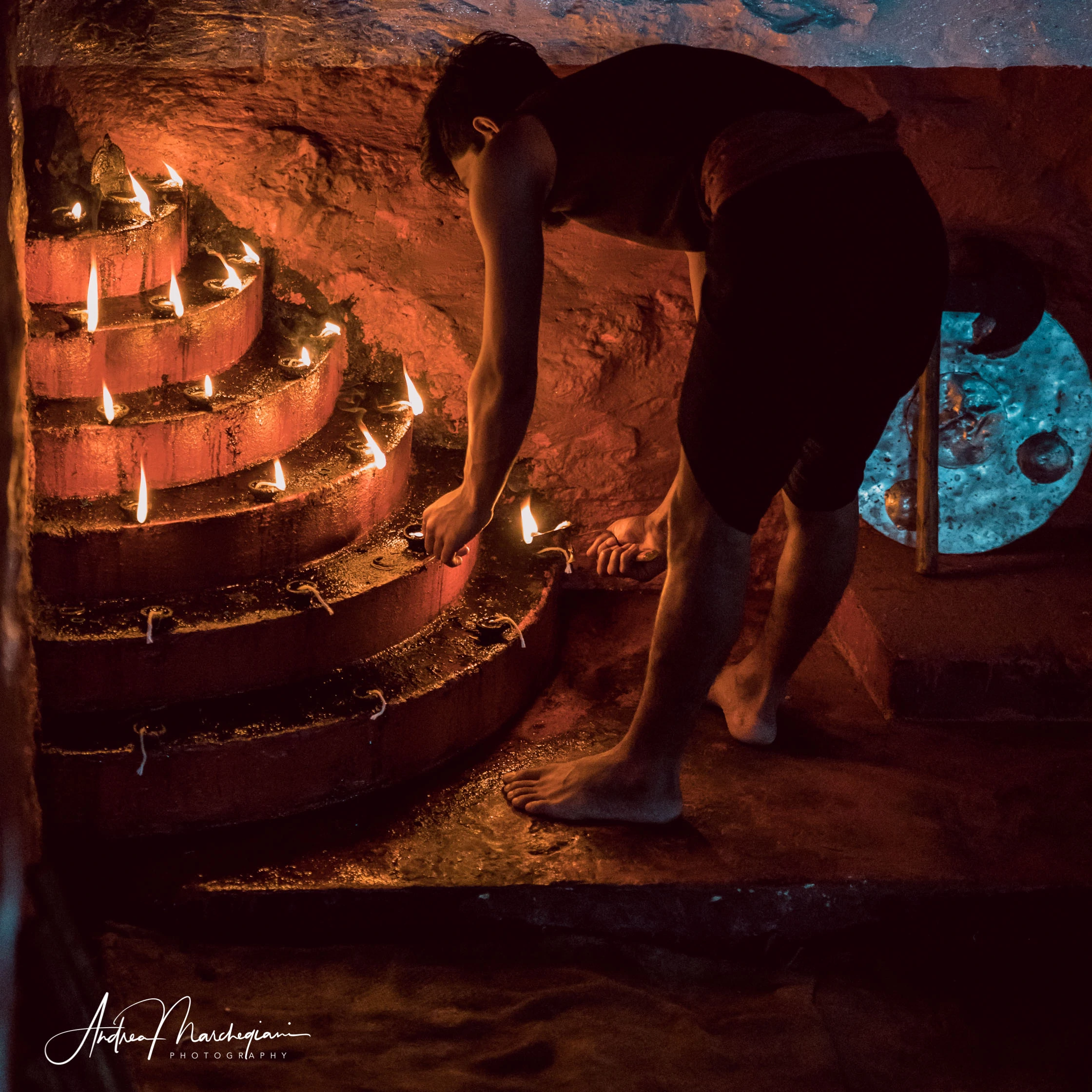
Mythological origins of Kalaripayattu
Kalaripayattu has its roots in the Vedic tradition: legend has it that Shiva himself taught it to the sage Parashurama, one of the avatars of Vishnu, who then founded hundreds of schools throughout Kerala to be passed down to later generations.
Today, the schools of Kalaripayattu organize public demonstrations that can be attended by paying a ticket. Young students test their skills in front of the curiosity of tourists and, why not, some of them may fall in love with this ancient discipline to the point of enrolling in the educational path.
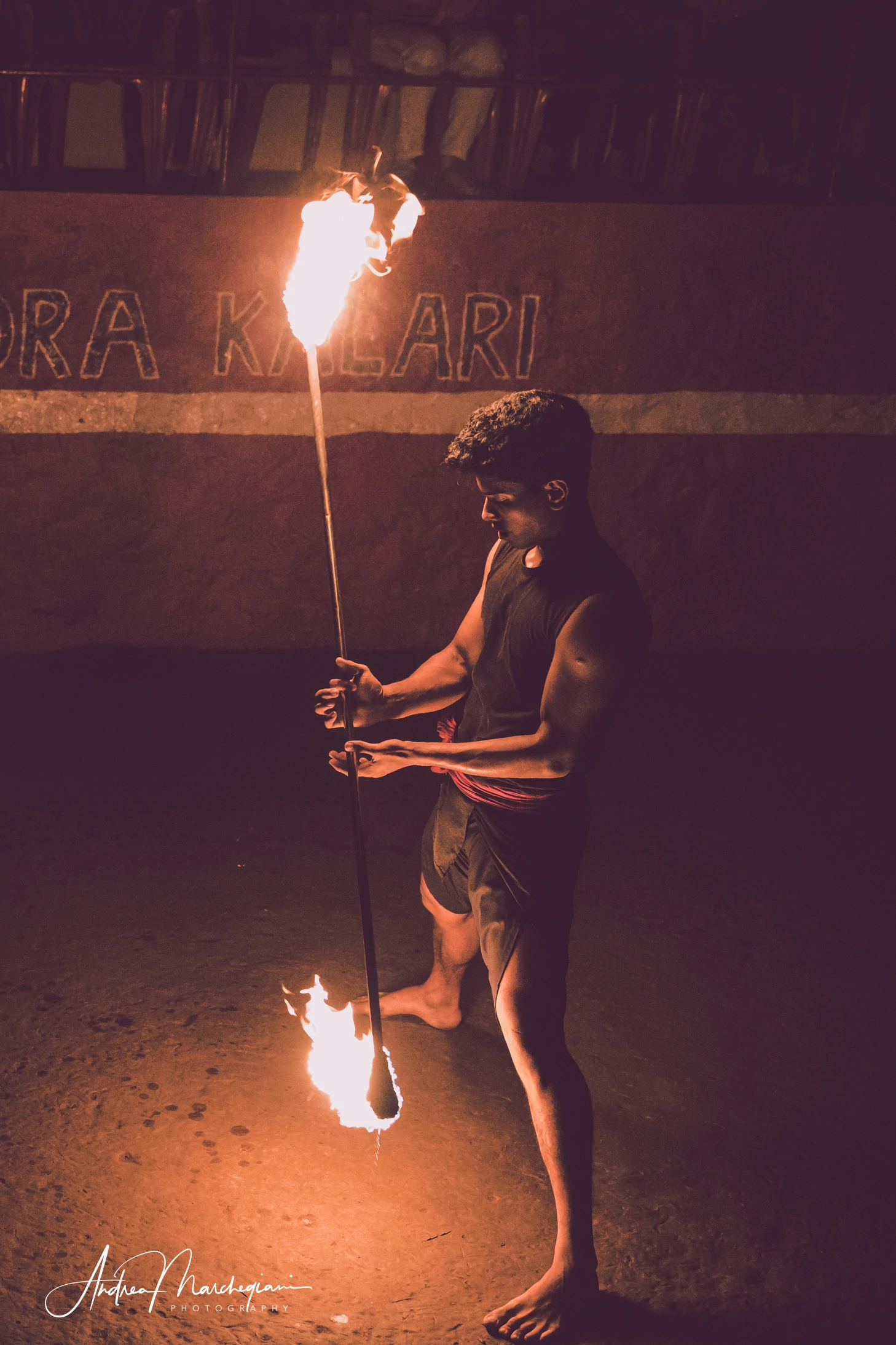
The Mudra Kalari show in Thekkady
We book a ticket for the show held at the school of Mudra Kalari, in Thekkady city. We arrive early, yet we have a hard time to find good seats. The steps above the arena are crowded with curious tourists. The fighters have not yet taken the field, but the stacked spears, shields and sticks are all ready on the sides of the arena.
When the young warriors enter, the audience welcomes them with a warm applause. They move at a fast pace, with a proud look, without caring about the people watching. One of them leads to the side of the kalari, where there is a votive altar. He lights candles, while silence falls in the full arena.. Guruvandhanam follows, which is a series of warming movements in the direction of the four cardinal points. It is a kind of greeting to the sun, which is intended to relax the body and strengthen concentration.
The show is about to begin. Everyone holds their breath.
All of a sudden, as a pressing music plays, they begin the fights free body, alternating with stunts and demonstrations of balance. The crowd is in rapture and in between each fight, our brave fighters jump up to the stands and hug the audience, shake their hands and pat. They exude charm from every pore: it is impossible to remain insensitive to their indomitable spirit. As soon as they shake a hand, dozens more stretch out to receive another handshake. Did the Roman gladiators feel that way? Can the sweetest love poem ever seduce as much as such a shoe of physical strenght?
Pressed by the beating music, I watch with bated breath a sequence of daring acrobatics. Descendants of the bravest Indian warriors, these boys fight hand to hand, challenge each other with long sticks, stab each other with pointed spears, face each other with swords and shields. It is, of course, a simple demonstration, and the shots are dealt according to a predetermined script. Yet, the audience shouts and cheers as if blood is really about to flow on the sand.
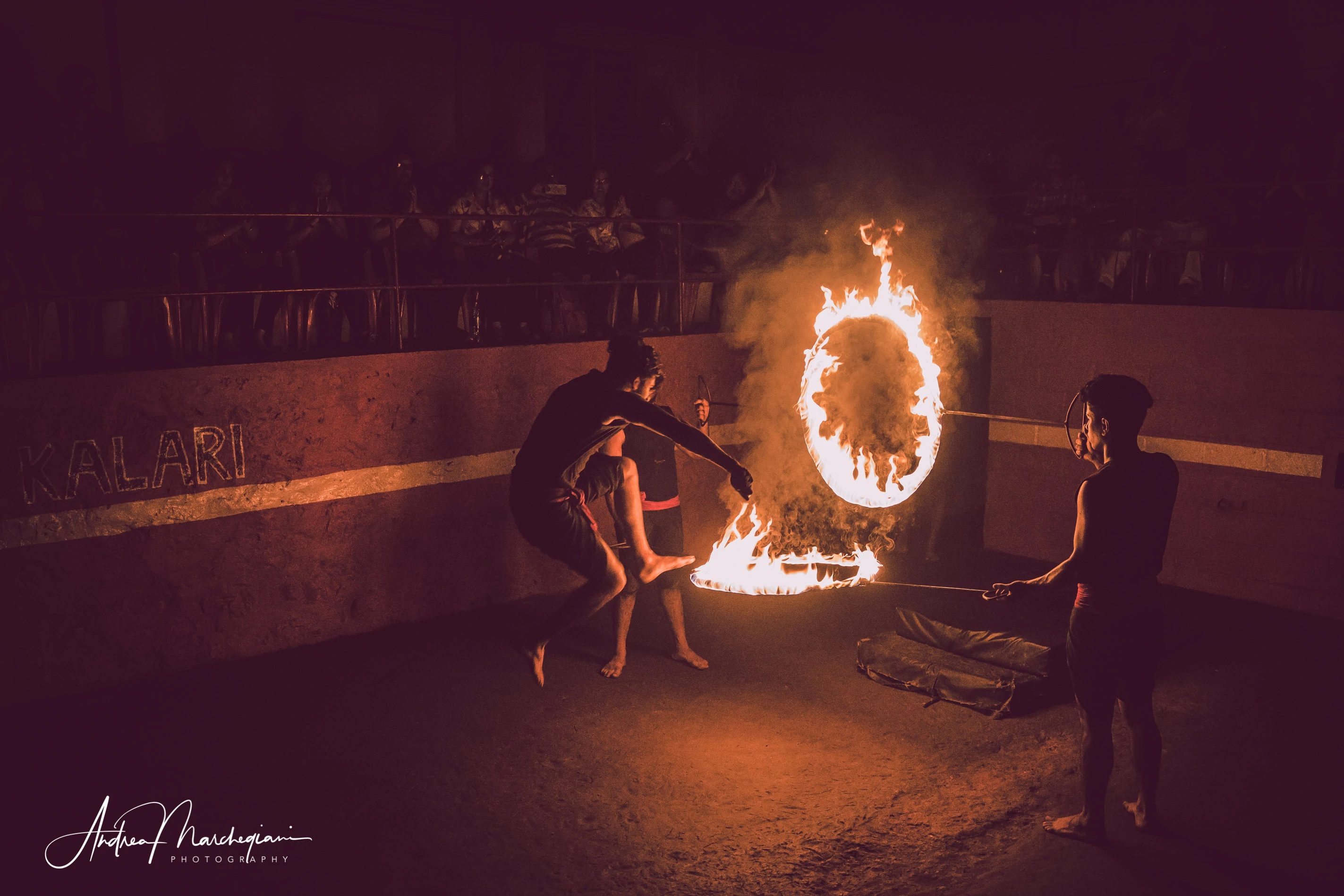
The show finale involves a drastic change of atmosphere: the drums stop playing, replaced by a triumphal theme; the electric lighting gives way to the torchlight. The fighters stop fighting each other and become allies for a greater purpose, the conquest of a primeval element, with all its symbolic implications: fire.
Some hold sticks that emit flames and make them swirl; others jump into fiery circles, placed one after the other, at decreasing distances.
They celebrate the courage and impetus of youth, an age in which nothing is feared because the pain of loss is not yet known.
The show ends: I stay near the arena, holding my camera, reviewing the shots I made. Shortly after the wrestlers come out of the locker room, exchanging a few words and position themselves a few meters from me.
I see a particularly successful shot. “It’s beautiful!” Daniele comments. “Why don’t you show it to them? They might like to have it. I don’t think they have many pictures of their fights”.
Something tells me not to, I perceive a gap between these young guys and the rest of the world, as a threshold not to be crossed. Nevertheless, I approach and ask if they want me to send them some photos of their fight. They give me a glimpse, nod no, and ignore me again.
“How rude,” comments Daniele.
“Not at all”, I reply. “They live life like protagonists, they don’t need a narrator’s help”.



